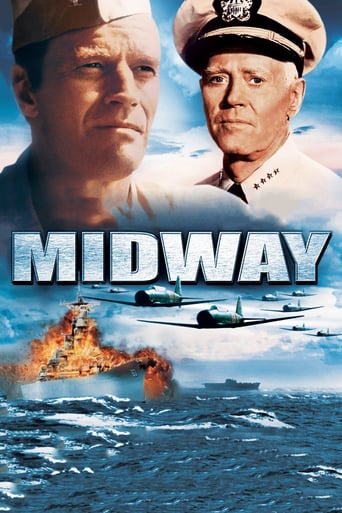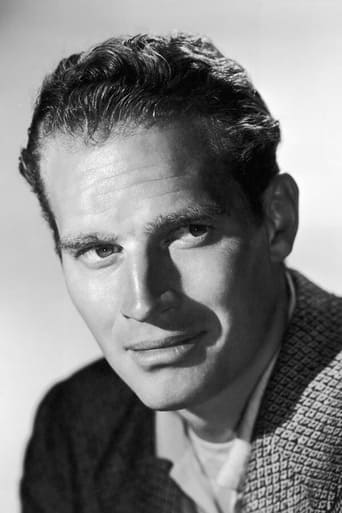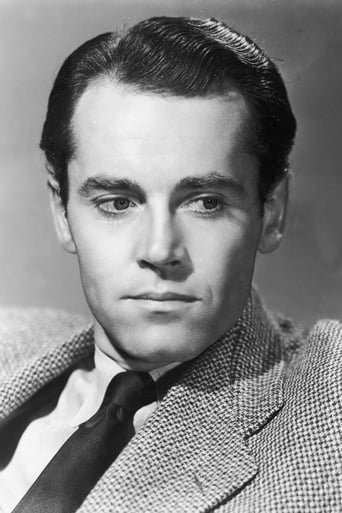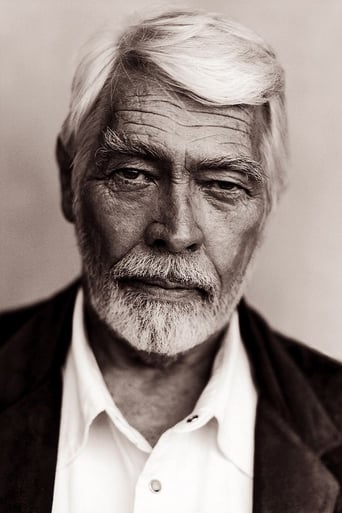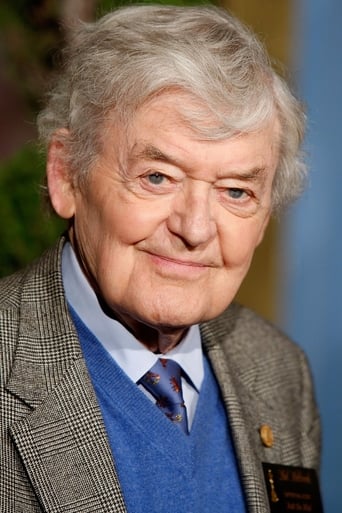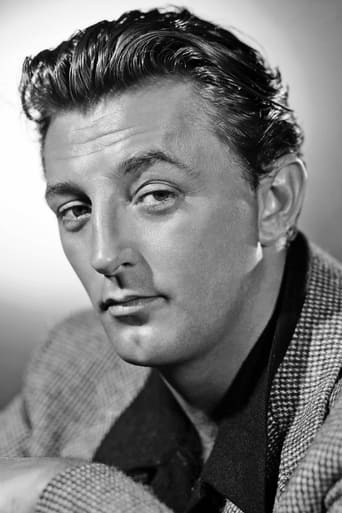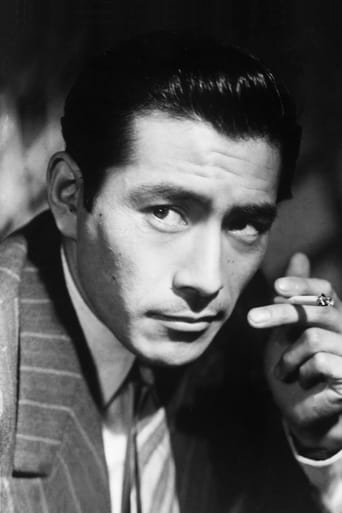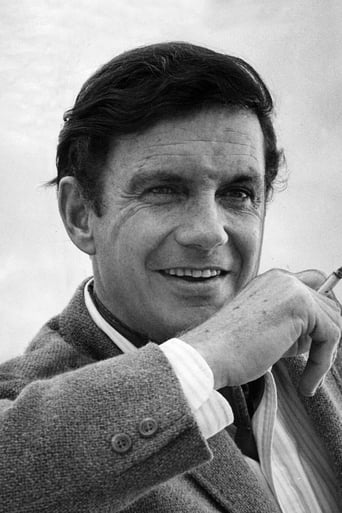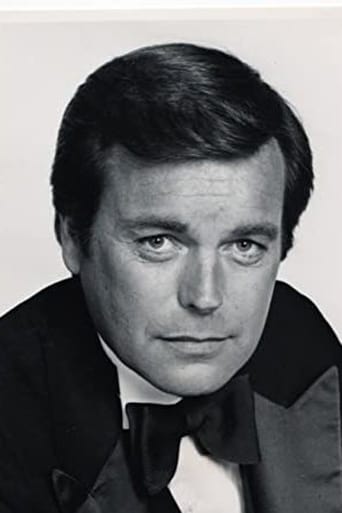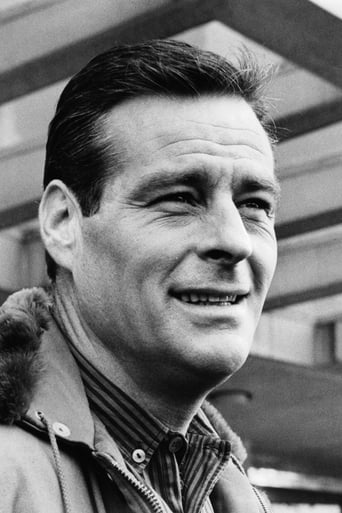This war drama depicts the U.S. and Japanese forces in the naval Battle of Midway, which became a turning point for Americans during World War II.
Similar titles

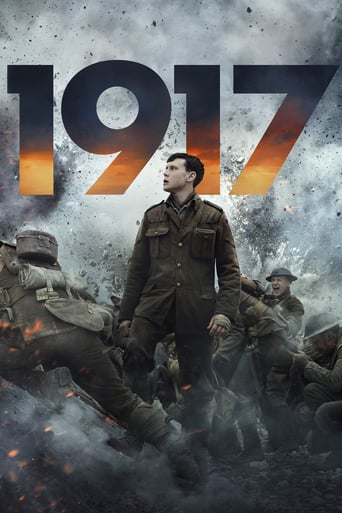
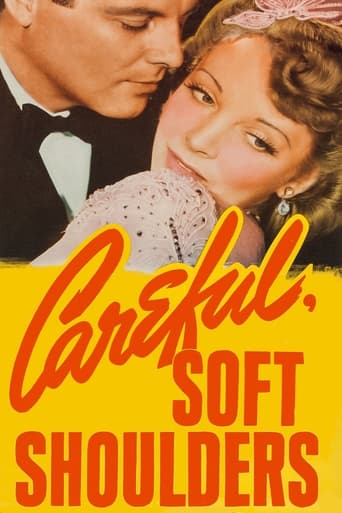
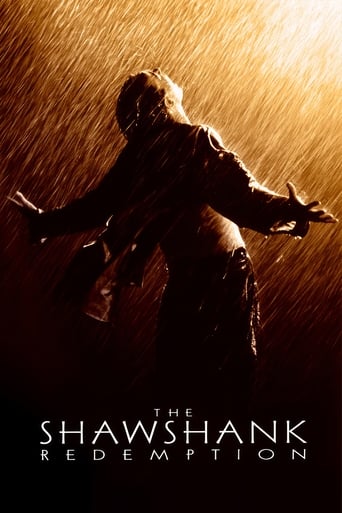
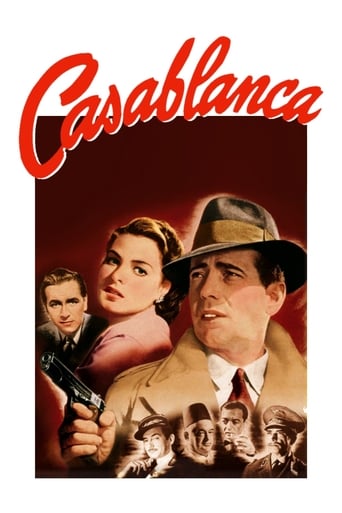
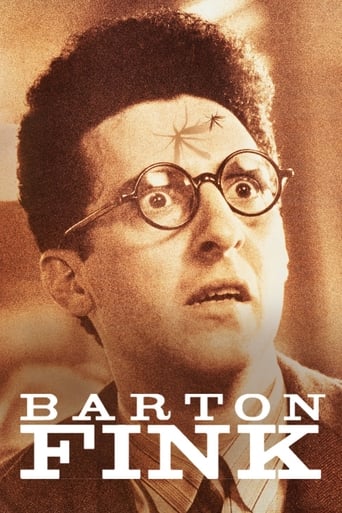
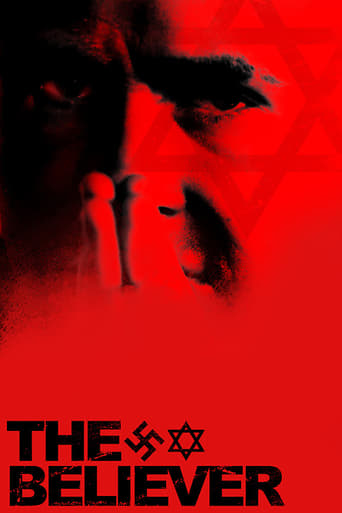
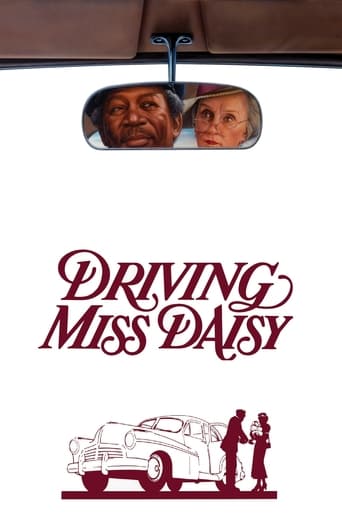
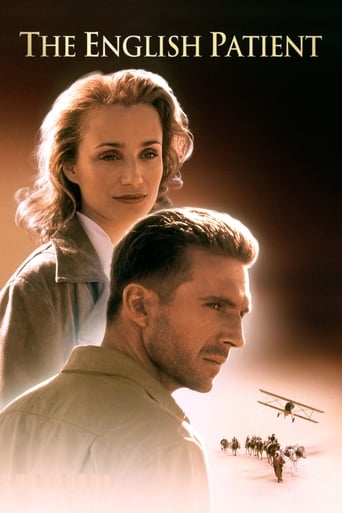
You May Also Like
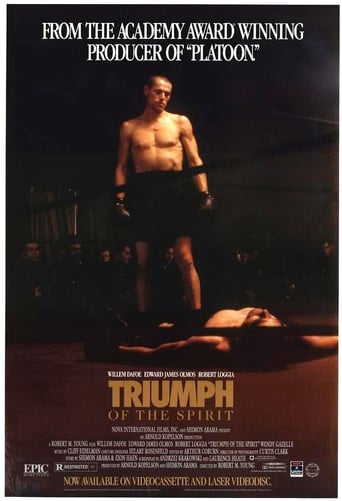


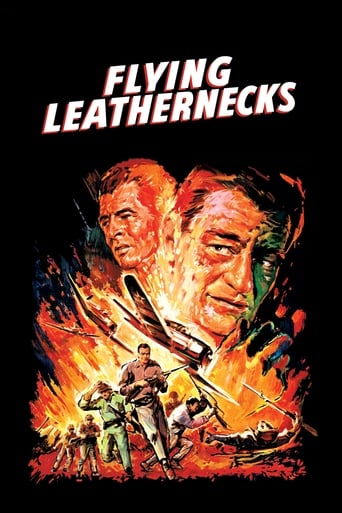
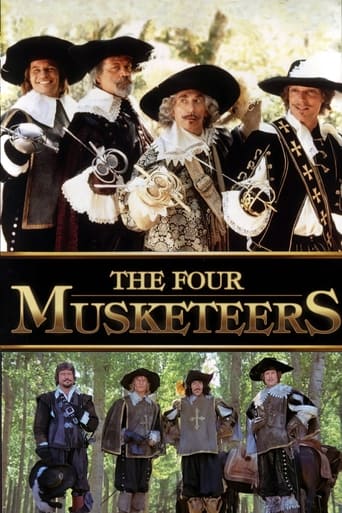
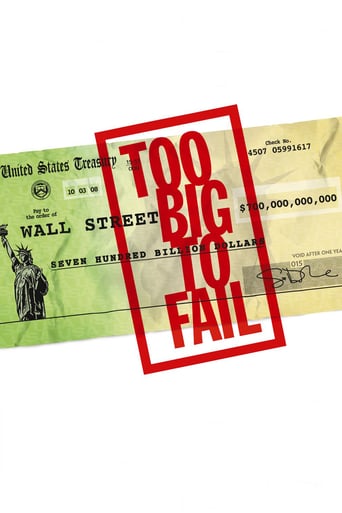
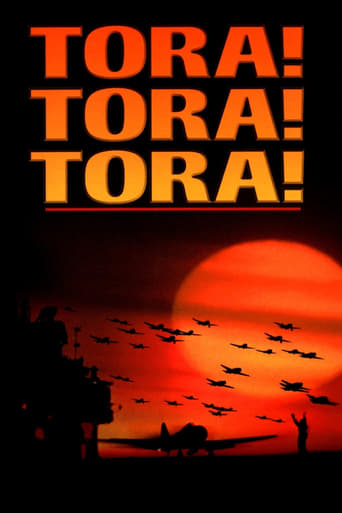
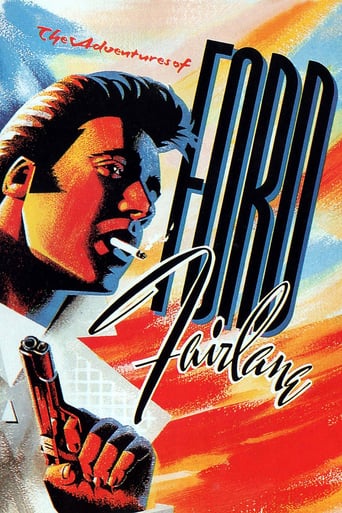
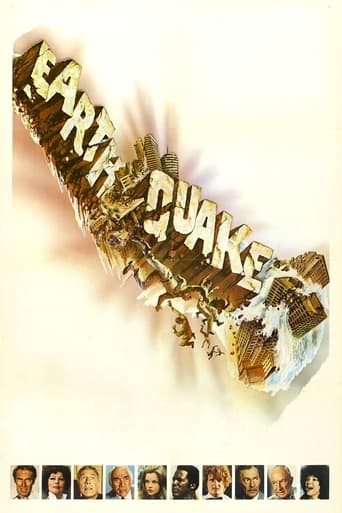

Reviews
Very very predictable, including the post credit scene !!!
Really Surprised!
Masterful Movie
The movie's neither hopeful in contrived ways, nor hopeless in different contrived ways. Somehow it manages to be wonderful
Many World War II films have been made about combat in the Pacific. Several have battle scenes from Midway. But this is the first feature film to cover the Battle of Midway in depth - from inception to completion. It gives a broad picture of the naval battle that many historians say turned the tide of war in the Pacific theater. The film shows the strategy, the planning, and the conduct of the battle - from both sides. World War II had been over more than 30 years when Universal made this film. So, it's a wonder that some of the original war ships and planes were still available. The only U.S. carrier still in service from WW II was the Lexington. The Navy used it to train pilots in the Gulf of Mexico out of Pensacola Naval Air Station. The film crew boarded the ship, took a sea cruise and spent a couple weeks shooting scenes for the movie. "Midway" is a good historical film for its account of the battle - again, from both sides. Of special interest are some key things that otherwise might be forgotten. One was the early American partial breaking of the Japanese code. Another was the ruse that American Commander Joseph Rochefort (Hal Holbrook) devised to verify the identity of Midway as the next big target for Japan. Then there's the fifth Japanese scout plane that spotted the American carrier fleet. But it couldn't alert its fleet because the plane's radio wouldn't work. Another was the torpedo squadron that veered away from its mission coordinates under Lt. Cdr. John Waldron who led them right to the Japanese carrier fleet. And then, the Japanese carriers were caught between their returning aircraft and the next sorties. So, the Americans could attack them before their second wave launch, with bombs and torpedoes on their decks. "Midway" is a fine war story that uses actual battle film footage shot by the Navy, as well as film footage of Pearl Harbor and the American and Japanese fleets from that time. That is interspersed with the live action scenes on shore and at sea. A superb cast of actors play the key characters of the Japanese Imperial navy. And a huge cast of movie stars fills the American roles. A fictional character, Capt. Matt Garth is added. Charlton Heston plays that role around which a subplot develops involving his son's desire to marry a Japanese-American girl. Most films made about WW II since the late 20th century have used rebuilt equipment, models, and/or CGI for planes, tanks, ships, vehicles, etc. "Pearl Harbor" of 2001 is an example. CGI is even used to replicate and multiply sections within battles or panorama scenes. "Dunkirk" of 2017 is an example. The few remaining actual items from the wars of the first half of the 20th century today are in museums. Some ships are museums or monuments in themselves. I was in an award-winning high school band that marched in the 1959 Rose Bowl parade in Pasadena CA, and performed at a few places in the area. One of those was on the U.S.S. Hornet that was commissioned in November 1943. Our 100-piece band was assembled on the hangar deck and then raised to the flight deck as we played "Stars and Stripes Forever." We weren't Hollywood entertainment, but the 2,000 sailors and airmen seemed to enjoy our program all the same. This "new" Hornet was named after the carrier from Midway. It was sunk at the Battle of the Santa Cruz Islands in January 1943 . The new Hornet was still in service in January 1959 and stationed at Long Beach. It was struck from Navy roles in July 1989 and today is a museum ship and national landmark at Alameda, CA.Some historians and others speculate that had Japan won the Battle of Midway, the Allies may have lost World War II. There's no doubt that the war would have been prolonged - probably by a few years. The U.S. then would have put more of its forces into West Coast defense and building up to fight the Japanese. So, the war in Europe might have looked quite different. Germany would no longer have to worry about an allied assault in the West and might have prevailed over Russia. Perhaps it would have tried to invade England in 1943 or 1944. But fears about Japan conquering the U.S. or even landing on the West Coast are quite outlandish. At its peak in mid-1942, the Japanese army had five million men. Those troops were spread across China and SE Asia, in the Philippines, and across numerous islands in the South Pacific. Many of them were needed just to hold onto their conquests. It would take many more men to take and hold Hawaii. And what chance would there be for Japan to invade and hold the 1,300 miles of the continental U.S. West Coast?However, the Japanese did fire on the U.S. in two places in 1942. A submarine fired at an oil refinery near Santa Barbara, doing minor damage. Later, a submarine fired 17 shells at Fort Stevens near the mouth of the Columbia River in Oregon. None of them hit the ancient fort, which was under blackout. Most of the shells landed in a baseball field and a swamp. Two places where shells hit are marked with signs to this day in and near Fort Stevens State Park West of Warrenton, OR. Those events did raise panic among Americans and are said to have contributed to the internment of Japanese-Americans from the West Coast.Here's a favorite line from this film. Admiral Nimitz (Henry Fonda), to Cdr. Joseph Rochefort (Hal Holbrook), "No matter what happens, Joe, I want you to know you've sure as hell earned your salary this month."
The extended version of Midway which was produced for a TV special, if I recall, included the prelude and actual battles of the Coral Sea, which preceded Midway. It is an Important piece that is missing from the widely released video version. The Coral Sea component gives proper context in time and in explaining the damage to our carriers which occurred at Coral Sea. One truly gets an appreciation of how the turnaround in such a short time happened , which was miraculous, from Coral Sea to Midway. Historically, it is a must be inclusion into the "complete" contextual understanding of events.Warren G
If You are Young and not that Familiar with the Stock WWII Footage that was used in this Film for that "The way it was." Feel, this Might be a Somewhat Satisfying Entertainment and a Primer for the Important Naval Battle. You also have to be a Youngster and New to Movies to Gloss Over the Bad Acting and Dialog and the Cartoonish Presentation of the Non-Battle Scenes and the Battle Scenes that were Lifted from Numerous Other Movies.Problem is that the Non-Battle Scenes are So Bad that Wading through the Waves of Anachronistic Haircuts and Over the Hill Actors Paraded Out for a Scene or Two do Nothing but make the Whole Exercise Quite Laborious.This is a Bomb. A Misfire. It is a Bad Production with Clunky Intertwines and Confusing Scenes of Aircraft and Flattops Floating and Flying Around with Hardly a Hint at their Position and what it All Means. Despite the Laughable On Screen Titles like...such and such Airplane, 30 Miles from such and such Ship. Even the Filmmakers Knew that None of this made much Sense to the Audience and so They Literally had to Spell it Out.Listing the All-Star Cast is Futile (some are only on screen for half a heartbeat and others like Glenn Ford just stare out a window), but Suffice to Say that Charlton Heston and Crew All Look Bored and Firmly Planted in the 1970's not the 1940's both in Style and Script.
The traditional war film went into something of a decline in the 1970s, and "Midway" is one of the few examples from the second half of the decade. It features an impressive line-up of top Hollywood stars, including Charlton Heston, Henry Fonda, Glenn Ford and Hal Holbrook. Some other big names, including Robert Mitchum, Cliff Robertson, Robert Wagner and James Coburn, all appear in relatively minor roles. The well- known Japanese actor, Toshiro Mifune, plays Admiral Yamamoto, although his lines had to be dubbed into English; most of the other Japanese roles are played by Japanese-Americans such as James Shigeta and Pat Morita. Most of the big-name stars play real-life individuals; Fonda and Ford, for example, play the American commanders Chester W. Nimitz and Raymond A. Spruance. The main exception is Heston who plays the fictitious Major Matt Garth, a naval pilot who takes part in the battle. The film is mostly a factual account of the battle itself, but it also involves a fictional sub-plot. Garth's son Tom, like his father a naval pilot, has fallen in love with a Japanese-American girl who has been interned along with the rest of her family. The film has one or two flaws. The romantic subplot struck me as unnecessary and was not well integrated with the rest of the film. There was on over-reliance on stock footage in the combat scenes. Trying to recreate these events might have been expensive, but the old newsreel shots have a very different look to the rest of the film and tend to stand out like the proverbial sore thumb. The film-makers have also been criticised for using one ship, the USS Lexington, to represent all the carriers involved in the battle, whether American or Japanese, but in this instance they really had no alternative. All the Japanese carriers involved are now at the bottom of the Pacific, and it would not have been feasible to try and construct replicas. (James Cameron might have tried, however, had he been acting as director). As I said, this is a fairly traditional war film, but in one respect (apart from the use of colour) it clearly reflects the fact that it was made in 1976 rather than, say, 1946 or 1956. A film about the Battle of Midway made just after the war, and certainly one made during the war itself, would have been made with a much more propagandist agenda in mind, emphasising the moral superiority of the Allied cause and probably depicting the Japanese as bloodthirsty warmongers. There was none of this in this film; the battle is simply shown as the clash of two navies, not the clash of two ideologies, and certainly not as the clash of good and evil. There is no suggestion that the Japanese commanders are any less honourable than their American counterparts. Perhaps the trauma of Vietnam had made Americans less confident of their own moral superiority in foreign affairs than they had been previously.The standards of acting are fairly high, but as is often the case with ensemble casts of this nature there is no one outstanding contribution. Anyone familiar with World War II will of course know how the battle ended, but for anyone else director Jack Smight is able to conjure up a fair degree of excitement. Rather oddly, this is generated not just by the battle-scenes themselves, which are nothing particularly special, but also by the tense game of cat-and-mouse show in the earlier scenes as both sides try to work out their tactics without being 100% aware of the strength and location of the enemy forces. At the end we are left realising just how big a part luck played in the American victory at a time when defeat could have led to the war taking a very different course. 7/10
Top Streaming Movies












